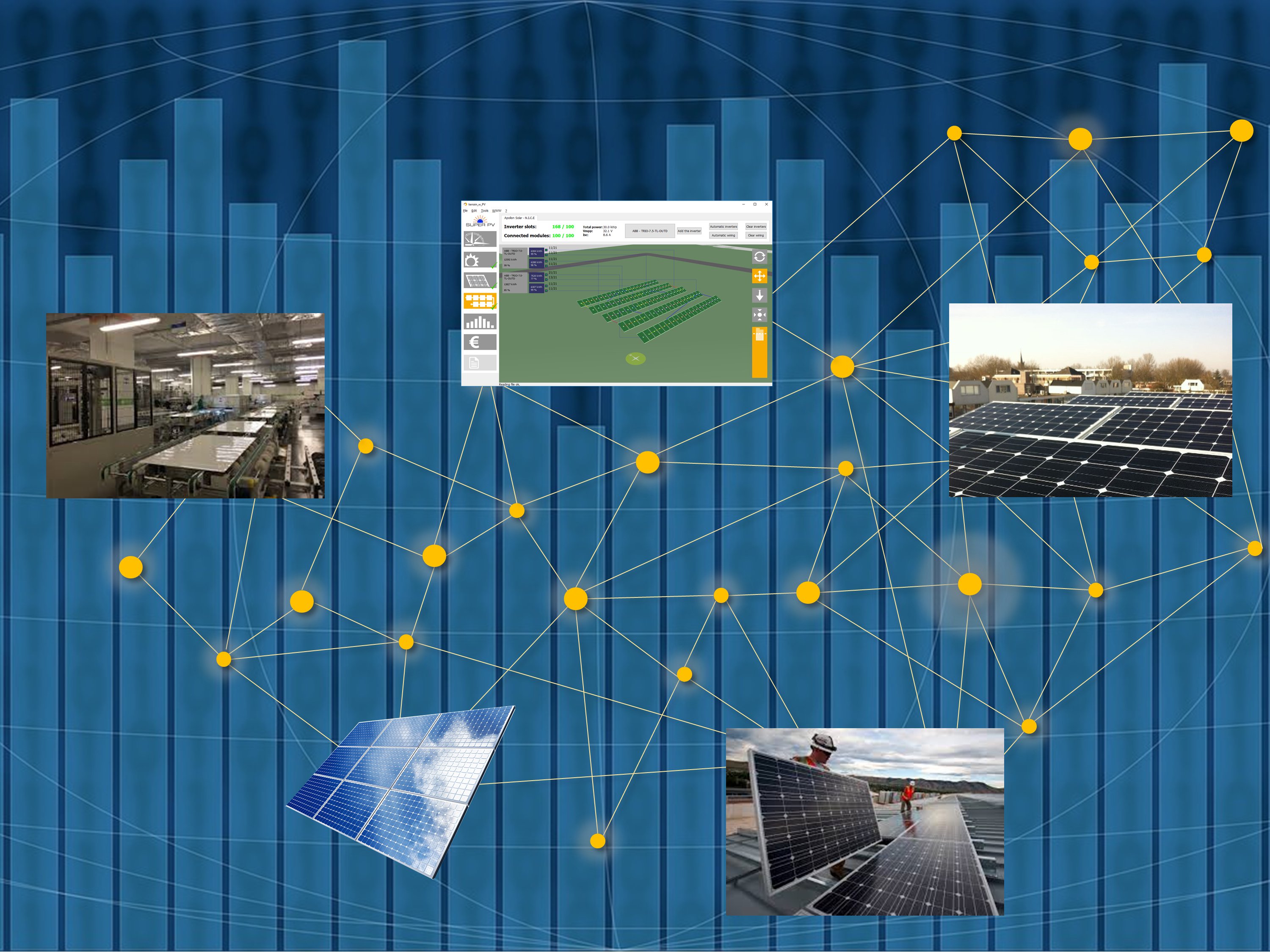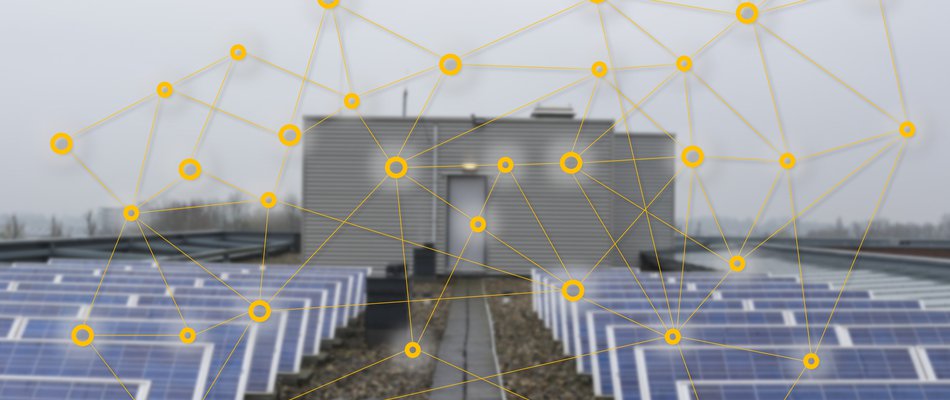“The energy sector has begun a fundamental transformation from an old analogue system to a fully digital network. The energy transition and the digital transition must therefore go hand in hand” [SolarPower Europe, 2020]
Digitalization can be an enabler for distributed PV generation and management but also a valuable support in overcoming the fragmentation of the PV process that typically affects the European PV sector. Indeed, digitalization through the adoption of a more open and collaborative workflow based on data-sharing among different stakeholders from the design till O&M, can play a key-role for optimizing the PV process and reduce extra-costs, making the European PV sector more competitive.
The digital transition has been adopted in the last 20 years also in the construction sector that typically is characterized by a highly fragmentation and the involvement of several different stakeholders. This approach, named BIM (Building Information Management), has been demonstrated to be effective for integrating the fragmented disciplines of architecture, engineering and construction sector with an integrated and efficient process based on a collaborative digital environment that allows sharing data and information thus enhancing communication, reducing errors, saving time and optimizing costs.
Considering the recognized advantages of the BIM approach in the construction sector, a similar approach can be envisioned for the PV sector. Specifically, a collaborative digital approach named PV Information Management (PIM) has been introduced within the SUPER PV project for supporting an integrated and interoperable PV process aimed at cost-reduction and improvement of PV project’s quality and performances on design, manufacturing and O&M.
In fact, among the opportunities of implementing a PIM approach, there can be:
- the easier management of the different information workflows involved in the process. For instance, even if each stage is characterized by a different level of accuracy about project’s information, there is the need to deal with information and data related to costs, energy, expected delivery, etc. and the transfer of these information can be guaranteed thanks to a collaborative environment,
- the risk reduction, thanks to the opportunity of dealing with different stakeholders of the process on the same project model with the same “language” thus reducing errors and mistakes, and losing of information,
- an end-to-end digitalization approach coupled with increased deployment will facilitate the high PV process learning rate. Installation costs can be reduced with continued experience, increased market scale and competition. PIM based process automation and high-level pre-assembly and standardization (smart components) could reduce labor costs for installation,
- the possibility of applying machine learning techniques involving data collected from different stages, to find relations between events occurring in every stage of the whole lifecycle that can affect to the PV production or maintenance cost, having impact on LCOE.


